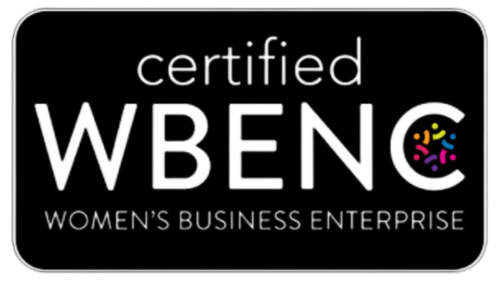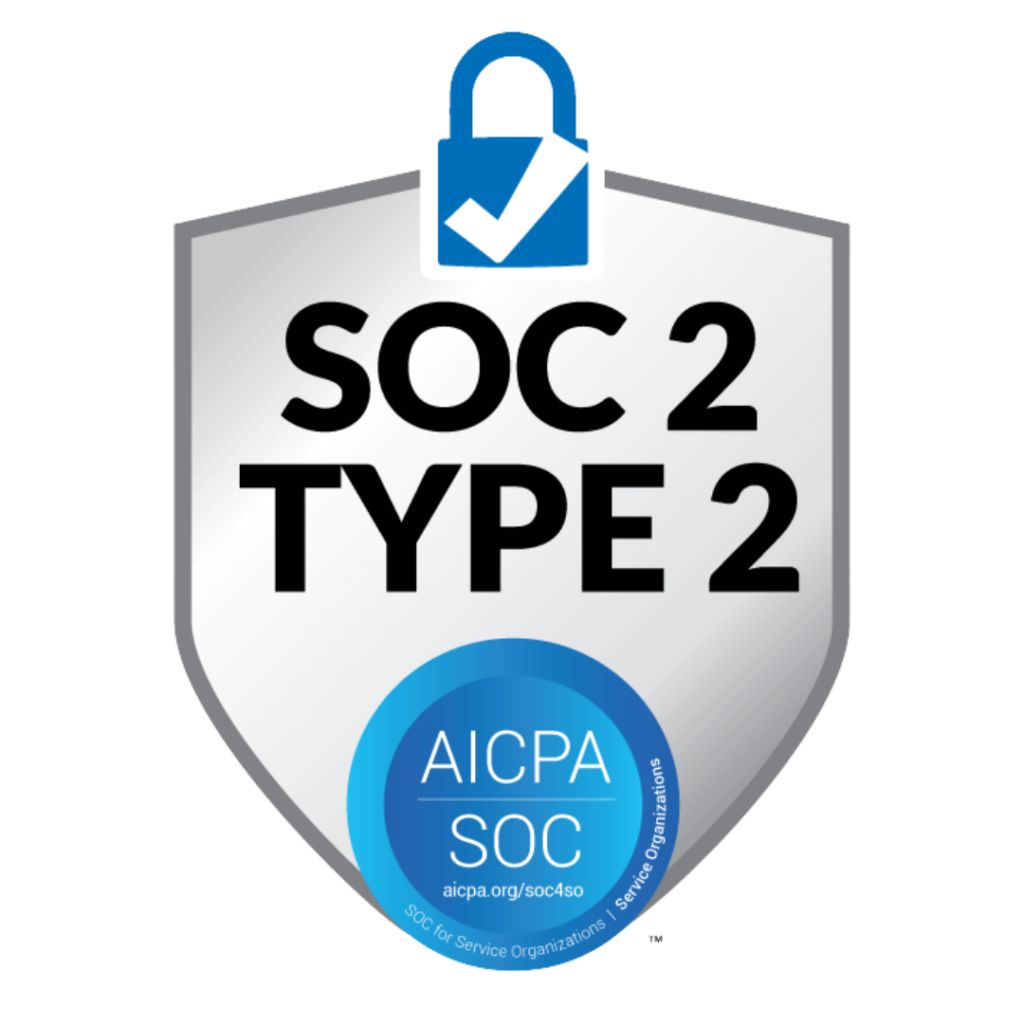By Jim Caliendo, President & CEO, PWCampbell
If You Are Thinking of Redesigning Your Ops Center to Cater for Remote Employees Think Again.
As the country continues to battle the ongoing conditions of a global pandemic, many practices that seemed foreign to the workforce over a year ago have quickly become routine. From virtual happy hours to virtual learning, households were left scrambling to find new ways to continue the old way of life. The initial shock and awe of what seemed to be temporary concessions have quickly worn off, paving the way to new behaviors that appear to be here to stay. In hindsight, we all could have benefitted largely from investing in Zoom two years ago.

Seemingly the most dominant among these behaviors is the new drive to work remotely. Working remotely isn’t actually new, but it has never had as much of an impact on our society as it does today. As the pandemic spread, businesses were forced to close, and employees were quickly scrambling to establish make-shift offices in every nook and cranny of their homes. Residential WiFi plans were tested to their full extent as calendars quickly began to pile up with virtual meetings. But once the dust settled and routines were established, this “new way of life” had workers across the country wondering why it took us so long to get here.
At first, it certainly seemed like a win-win. Employees raved about better work-life balance, no morning commute riddled with traffic, and the opportunity to work in comfortable clothes. From an employer standpoint, it looked like an opportunity for cost savings. As production remained (and in some cases, even flourished), companies quickly realized that the space they accumulated over the years to account for growing department teams simply was no longer needed – their employees could produce the same caliber of work without being a drain on resources. Companies even began re-evaluating their business models. Happier employees taking up less space meant less overhead with seemingly greater production.
Yes, on the surface it was, in fact, a win-win. But once that surface was scratched, a clearer picture of the long-term effects of remote work appeared. Productivity began to slip as at-home distractions played a bigger role in day-to-day lives. The strain on businesses to provide adequate tools to their employees to be able to complete their job functions from home was apparent. Mental health issues also arose due to isolation, loneliness, and the inability to separate from work at the end of the day.
One of the biggest challenges employers were faced with was a lack of culture that negatively affected production, due in large part to the isolation. Cathy Bessant, Vice Chair of Global Strategy at Bank of America told CNBC “We are definitely a company that has a work from office culture. The reason for that is the informal collaboration that you’re talking about, we believe produces a better and more sustainable outcome.”

JP Morgan CEO Jamie Dimon doubled down on that concept in his last annual letter to shareholders. “There are some aspects of in-office work and in-person relationships that Zoom simply cannot recreate.” He continued, “remote work virtually eliminates spontaneous learning and creativity because you don’t run into people at the coffee machine, talk with clients in unplanned scenarios, or travel to meet with customers and employees for feedback on your products and services.”
Within a few months, the CEO was annoyed and vocal about his frustrations. “I’m about to cancel all my Zoom meetings. I’m done with it,” he stated.
The negative outcome of the work-from-home campaign was not anything new to the financial industry. Earlier last year, Goldman Sachs’ CEO David Soloman referred to working from home as “an aberration.” Certainly, the struggle to navigate through uncharted waters left CEOs across the industry with one thought in mind: get employees safely back into the office as soon as possible.
The health and safety of employees are still very much in the forefront of minds. However, in the last year or so, technological advances, cosmetic additions, and state mandates all played a key role in maintaining a safe working environment, even in the middle of a global pandemic. Infrared temperature scans upon entry, isolated offices, plexiglass separators, and masking all played a major role in bringing millions of workers around the world back into their productive office environments safely. Simple additions to the office, as well as stringent social distancing policies, enabled the workforce to return to a pseudo-normal life – to some extent. Especially as we think post-pandemic, the return-to-work mantra has been a goal of companies and corporations globally as they look at their long-term strategies.
But even in the short term, you would suspect that design-build firms would be seeing requests to downsize space due largely in-part to a mix of current trends and pandemic fallout. However, it’s actually the opposite. Owners are seeing the need to get their employees safely back into the office, and because of this, the push has been to increase overall size.
What the industry is seeing is the push towards adding more common areas to give employees everything they need beyond a desk. Fitness centers, cafeterias, lounges, and wellness areas all play a role in the new ops center. By increasing the ops center’s footprint, financial institutions can provide all of these benefits with more space to safety execute social distancing.
The bottom line? Before you reduce your main office or operations center’s footprint to address the work-from-home dilemma, think about your long-term strategy. Plan for the post-pandemic staffing levels to return to normal. Never lose sight of the positive impact that working in an office has on your company’s culture, and the role it plays in driving productivity. Know that this too will pass, and once the novelty wears off (hopefully along with the pandemic), your operations center will need to be set up to hold that growing department team. At the end of the day, those water-cooler talks proved to be a lot more valuable than any of us had thought.
James G. Caliendo is a former bank executive and now President and CEO at the 112 year old design-build and retail services firm. In the past 20 years alone, under Jim’s direction, PWCampbell has worked with over 500 financial institutions influencing millions of square feet of retail and operational space to create engaging, impactful and scalable solutions for every sized facility project.




